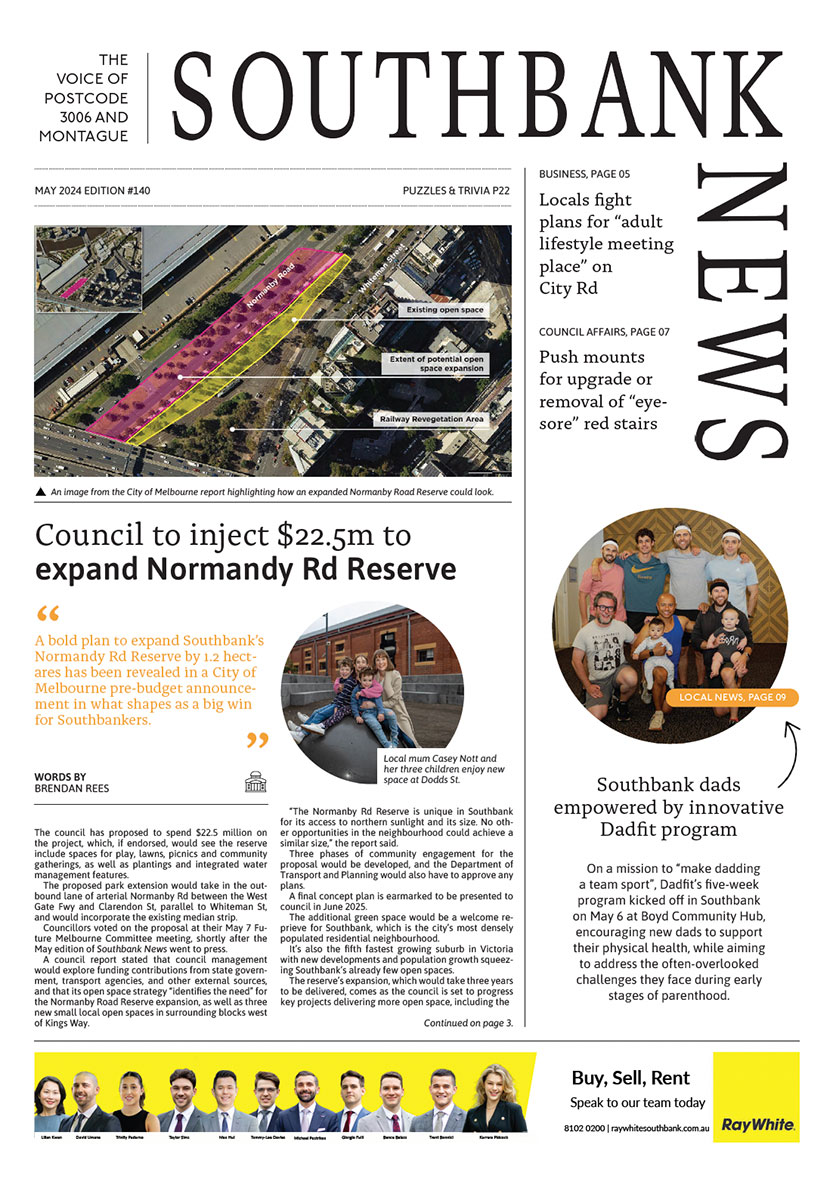
What’s climate change doing to Melbourne’s plants?
By Meg Hill
There’s been some curious plant activity this autumn in Melbourne. Because plants are always changing, at different paces, it can be hard to monitor without conscious effort.
Suddenly, you realise something is blooming when it shouldn’t be. Or vice versa.
“Plants never stay the same, they’re always changing, but within that process there are marked moments,” said Dimitri Bouzalas, a guide at the Royal Botanic Gardens.
“When buds form, when leaves start to fall, these are important moments. We’re capturing when those changes happen.”
She was guiding a Climate Watch tour of the gardens, running to introduce attendees to the new initiative.
The Climate Watch app facilitates a participatory kind of plant monitoring. Users can focus on specific plants near their home or by their route to work and record when significant changes take place.
The data is compiled, with reference to geographical location, to create an in-depth understanding of how different plants are affected by climate change.
In 2016, a City of Melbourne study found that 19 per cent of tree species planted in the municipality were already vulnerable to climate change, 35 per cent could become more vulnerable by 2040, and 62 per cent by 2090.
These results were found using projections that scientists considered conservative at the time. Predictions have only got worse since then.
Dimitri, now retired, was a science teacher for most of her life. As the way she taught about climate change changed with new, and more dire, statistics, government inaction remained in place.
She referred to Greta Thunberg, the Swedish student who started the international School Strike 4 Climate when she was 15, as an inspiration of hers at the start of our Climate Watch tour.
“Earth behaves like any other living thing, like an organism, like a human body,” she said.
“If we know how a human body works, we know when something makes someone sick, we avoid doing that thing again. The difference is we’ve only got one earth.”
The City of Melbourne study found that jacarandas, native evergreen brush box’s and indigenous coast banksias coped better with climate change.
Dimitri included a jacaranda and a coast banksia in her tour of the gardens, but also noted that banksias especially are slow growing trees, and the data was unclear on long term effects.
“Nature doesn’t give us immediate answers,” she said.
Coast banksias do, however, deal badly with isolation caused by development. Part of the reason they’re identified as a more adaptable plant is the way they can mate and spread to more conducive locations.
This is hindered when one of the trees is grown in the middle of built up development.
There were worrying outcomes from the study for Dutch elms and some indigenous eucalypts and acacias.
There’s always been changes in the earth’s climate. When Dimitri took our tour to see a firewheel tree she told an anecdote about firewheel tree flowers being found as fossils in Gippsland mines.
The trees are tropical, which indicates “Victoria was once much warmer”.
But the rate of man-made climate change makes it difficult to envision any living organism being ultimately able to adapt.

New residential tower planned for heart of Southbank

Locals fight plans for “adult lifestyle meeting place” on City Rd





 Download the Latest Edition
Download the Latest Edition